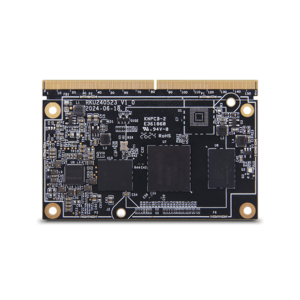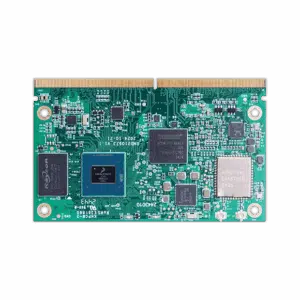Accelerate Development with Geniatech's ARM & RISC-V Centered Computer On Modules
Accelerate Development with Geniatech's ARM & RISC-V Centered Computer On Modules
Blog Article
Geniatech SoMs: Improved Embedded Efficiency with Full BSP and OS Support
Stuck applications are becoming increasingly varied, challenging flexible and scalable solutions to meet up their developing needs. This really is wherever system on module come right into play. These small, ready-to-use stuck methods supply the building blocks for developers to create high-performance, customized answers with ease.

Why are computer-on-modules gaining so much grip in the embedded methods industry? The answer lies in their scalability and effectiveness, creating them the go-to selection for industries from professional automation to artificial intelligence. Below, we take a sooner look at the importance of CoMs and how they are surrounding the ongoing future of stuck applications.
What Are Computer-On-Modules?
Computer-on-modules (CoMs) are tiny, self-contained processing programs that combine important components such as for instance processors, memory, interfaces, and systems onto a single module. Designed to function as the core of a custom program, they could be coupled with a service panel to increase features and adjust to certain use cases.
CoMs offer modular solutions, eliminating the necessity for designers to style a computing key from scratch. Alternatively, they could devote work to innovating other areas of the application, which fundamentally increases time-to-market while lowering progress costs.
Why CoMs Are Revolutionizing Stuck Applications
1. Scalability Without Redesign
Scalability is among the standout advantages of CoMs. Equipment developers can goal multiple performance degrees by simply changing modules, thanks to standardized table layouts. That modular strategy reduces the necessity of upgrading electronics for every single performance tier. Whether for low-power IoT devices or high-performance device learning purposes, CoMs offer unmatched flexibility.
2. Reduced Progress Time
Time-to-market is often important for industries innovating in fast-moving environments. CoMs streamline this process by establishing probably the most vital processing aspects right into a pre-tested module. This enables engineering teams to concentrate on planning provider boards or establishing software, rather than managing every part of the hardware.
3. Place Effectiveness
Lightweight measurement is still another remarkable attribute of CoMs. Provided the integration of numerous components into a single, little sort factor, these modules are well suited for programs where room are at reasonably limited, such as for example medical gear, robotics, and consumer electronics.
4. Help for Advanced Characteristics
To meet up the demands of contemporary applications, CoMs usually include help for cutting-edge technologies such as 5G connectivity, GPU velocity, and real-time knowledge processing. They allow designers to access these functions without the difficulties of planning complicated electronics from the bottom up.
Industries Benefiting from CoM Solutions
The versatility of computer-on-modules ensures their existence across a selection of industries. A number of the essential industries that gain contain:
1. Professional Automation
CoMs offer trusted and scalable computing power for process control, robotics, and real-time checking in professional environments. Their compatibility with high-speed connectivity allows seamless integration into Market 4.0 ecosystems.
2. Medical Technology
Applications like patient tracking, diagnostic equipment, and imaging techniques require accuracy, reliability, and high-performance computing. CoMs offer many of these, with the included benefit of compact types for space-constrained devices.
3. Synthetic Intelligence
CoMs enhanced for GPU performance are a popular selection for AI-powered applications like edge research, skin recognition, and intelligent security systems. They allow effective inference and real-time information analysis.

4. Automotive Applications
Contemporary vehicles need stuck alternatives for infotainment methods, ADAS (Advanced Driver Guidance Systems), and diagnostics. CoMs match these wants by providing regular performance, durability, and reliability.
The Future of Stuck Research
The ongoing future of embedded research depends greatly on scalable and modular solutions. With raising need for creativity across all industries, CoMs may continue to be an integral enabler for companies trying to stay ahead of the curve. Their capacity to lessen complexity, enhance scalability, and reduce growth time makes them a crucial part in the toolkit of electronics engineers.
For corporations seeking to produce high-performance applications without limiting on growth speed or quality, purchasing computer-on-modules is without question a step up the best direction. Report this page